Are you planning a trip to Europe but don’t know where to start? We’re here to share our extensive experience in traveling through Europe independently.
1 An Overview of Europe: Where is it Located?
Europe is a region of the Eurasian continent, bordered by the Arctic Ocean to the north, the Atlantic Ocean to the west, and the Mediterranean and Black Seas to the south. It is separated from Asia by the Ural Mountains in the east. The total area of Europe is approximately 10,355,000 square kilometers. Europe can be divided into four distinct regions: Northern, Western, Eastern, and Southern Europe.
 Europe is a part of the Eurasian continent
Europe is a part of the Eurasian continent
Northern Europe: This region includes countries such as Denmark, Finland, Iceland, Norway, and Sweden, along with dependent territories like the Faroe Islands, Greenland, Svalbard, and the Åland Islands.
Southern Europe: Southern Europe is comprised of Portugal, Spain, Gibraltar, Andorra, Italy, San Marino, Vatican City, Malta, Slovenia, Croatia, Montenegro, Serbia, Greece, North Macedonia, Albania, Cyprus, Bulgaria, and Romania.
Eastern Europe: Moldova, Poland, Belarus, Bulgaria, the Czech Republic, Hungary, Russia, Romania, Slovakia, and Ukraine make up Eastern Europe.
Western Europe: Austria, Belgium, France, Germany, Liechtenstein, Luxembourg, Monaco, the Netherlands, and Switzerland are part of Western Europe.
2 Best Time to Visit Europe
You can plan your trip to Europe at any time of the year, depending on your work and personal schedule. Europe is known for its distinct four seasons.
Spring, from February to April, can still be quite cold, with temperatures ranging from 6 to 20 degrees Celsius. Northern Europe tends to be the coldest during this season, and you can expect snowfall. Western and Southern Europe may experience light rain or overcast skies during this time. Spring also brings many festivals, such as the Venice Carnival and the Tulip Festival.
 Europe experiences all four seasons
Europe experiences all four seasons
Summer, from May to August, is peak tourist season in Europe, with higher airfare and accommodation prices. The weather is typically dry and hot, with temperatures reaching up to 35 degrees Celsius in some places, so be prepared for the heat.
Autumn, from September to November, is a beautiful time to witness the changing colors of Europe’s foliage. The landscape is painted in shades of yellow and orange, but the weather can be unpredictable, with frequent rain and overcast skies. This season offers a more intimate and cozy experience of Europe.
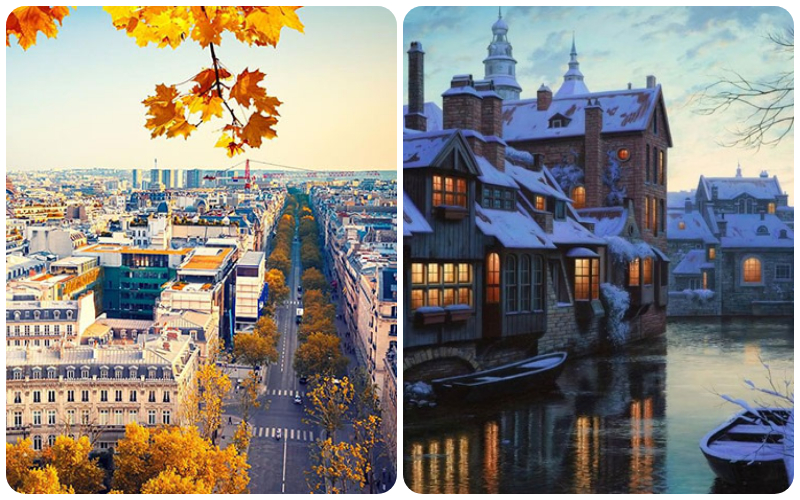 Each season offers a unique landscape
Each season offers a unique landscape
Winter, from December to February, is a magical time in Europe as the continent transforms into a winter wonderland. The entire region experiences snowfall, creating picturesque landscapes. This is also a peak tourist season due to Christmas celebrations and the opportunity to witness the Northern Lights in countries like Finland, Norway, and Iceland.
3 Traveling to Europe: Transportation Options
The primary mode of transportation to Europe is by air. There are numerous airlines to choose from, such as VietNam Airlines, Vietjet, and more. However, depending on your origin and destination, you may need to make connecting flights to reach your desired location.
 Choose from a variety of airlines to reach Europe
Choose from a variety of airlines to reach Europe
Once you arrive in Europe, you have several transportation options to get around, including taxis, buses, and high-speed trains.
4 Finding Accommodation in Europe
To ensure a pleasant and safe trip to Europe, it is essential to plan your accommodations in advance. Booking your stay before your arrival is highly recommended, especially if you are visiting during peak seasons.
There are several international accommodation booking websites, such as agoda.com and booking.com, that offer a wide range of options to suit your budget and preferences. If you opt for a guided tour, accommodations are typically included in the package, taking away the hassle of booking separately.
However, if you are traveling independently or with friends, securing accommodations beforehand is crucial. Last-minute bookings, especially during peak seasons, can be challenging and may result in limited availability.
5 Must-Visit Attractions and Activities in Europe
As mentioned earlier, Europe is divided into Northern, Southern, Western, and Eastern regions, each boasting its unique attractions. Here are some representative destinations to consider for your European itinerary:
Eiffel Tower, France
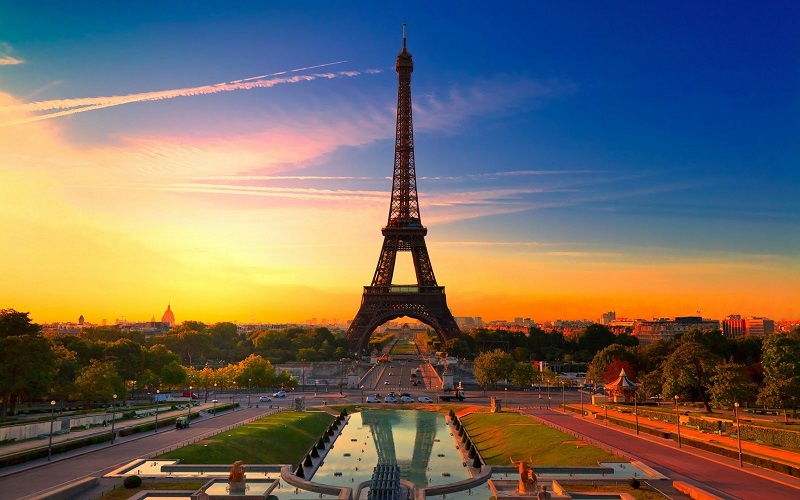 The Eiffel Tower is an iconic symbol of Paris, France
The Eiffel Tower is an iconic symbol of Paris, France
The Eiffel Tower is a must-see attraction in France. This iconic structure features three levels, with the first and second levels offering dining options and the top level providing breathtaking views of the city.
Colosseum, Italy
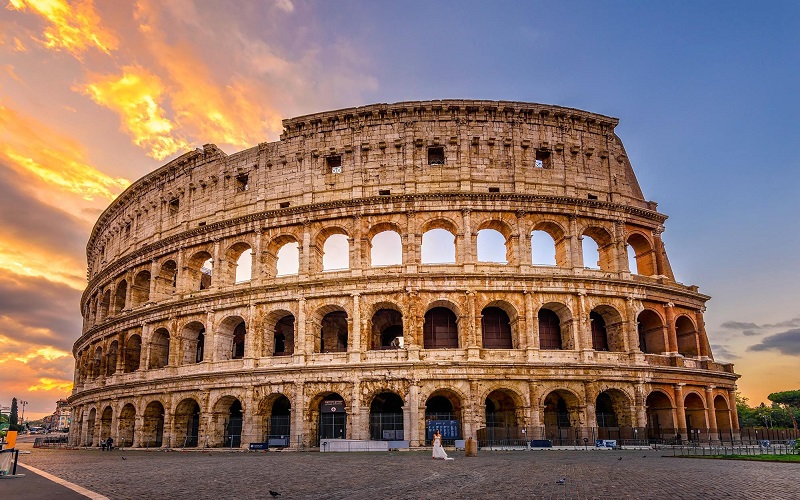 The Colosseum is a symbol of ancient Rome’s grandeur
The Colosseum is a symbol of ancient Rome’s grandeur
The Colosseum in Rome is a surviving ancient Roman structure built between 70 and 72 AD. It was once a venue for gladiatorial contests and public spectacles during the Roman Empire.
A devastating earthquake in the 12th century caused significant damage to the southern side of the Colosseum. Today, it stands as a testament to Rome’s rich history and is a popular tourist attraction.
Stonehenge, England
While Big Ben is a well-known landmark in England, Stonehenge holds an air of mystery and intrigue. Located near Amesbury, this Neolithic and Bronze Age monument consists of massive stones arranged in a circular pattern, each dating back over 3,000 years. The purpose and origin of Stonehenge remain unknown, adding to its allure.
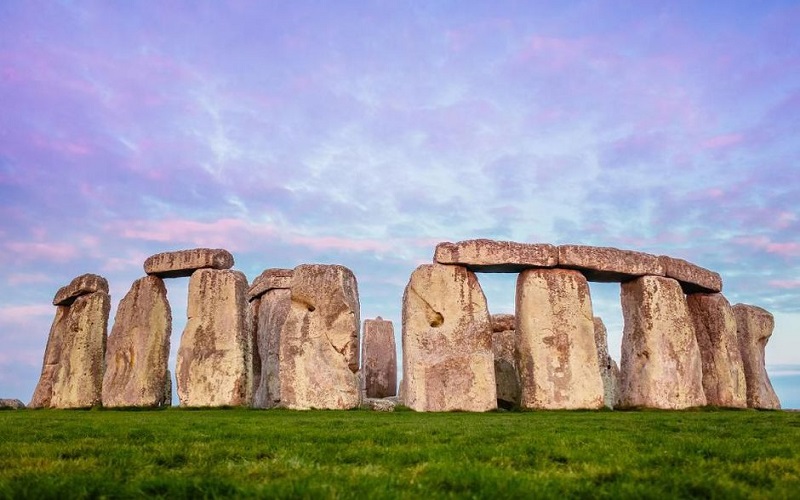 Stonehenge, a mysterious ancient site in England
Stonehenge, a mysterious ancient site in England
Brandenburg Gate, Germany
The Brandenburg Gate is a symbol of Berlin and German unity, marking the division between East and West Germany during the Cold War. It now stands as a reminder of the country’s tumultuous history and its path towards reunification.
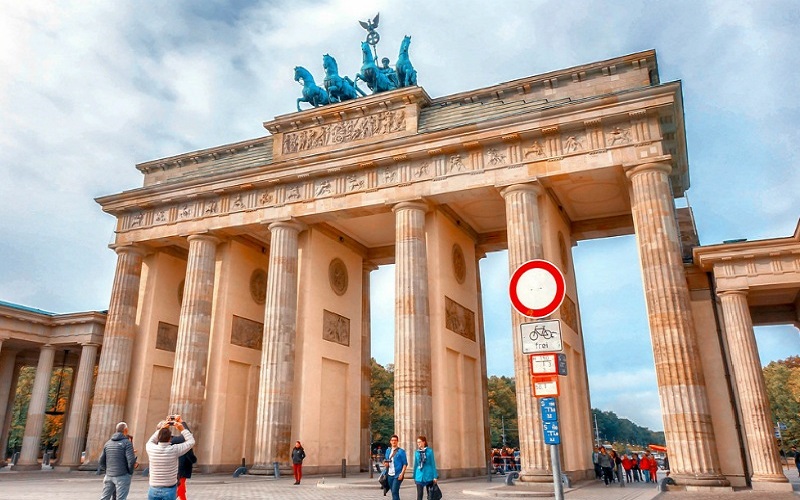 Brandenburg Gate, a symbol of Berlin and German unity
Brandenburg Gate, a symbol of Berlin and German unity
Athens, Greece
For fans of Greek mythology, a visit to the Acropolis in Athens is a must. The Parthenon, dedicated to the goddess Athena, is one of the oldest surviving structures in Greece. It served as a place of worship and an important venue for ceremonies and gatherings during ancient times.
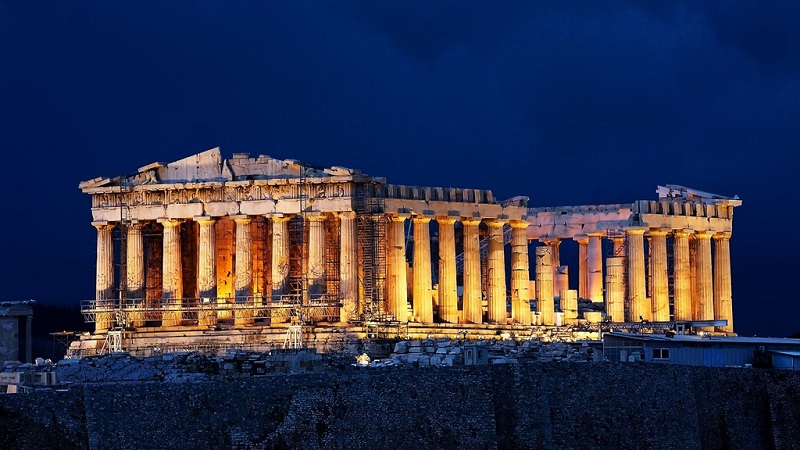 The Parthenon, a symbol of ancient Greek civilization
The Parthenon, a symbol of ancient Greek civilization
The Parthenon has undergone restoration after being damaged by the Persians in 480 BC and was rebuilt in 435 BC. A trip to Greece would be incomplete without a visit to this historic site.
Keukenhof, Netherlands
 Keukenhof, a colorful and vibrant garden in the Netherlands
Keukenhof, a colorful and vibrant garden in the Netherlands
The Netherlands is famous for its windmills, dairy farms, and tulips. A visit to Keukenhof in the spring is a must to witness the vibrant colors of tulips in full bloom. The Tulip Festival is a highlight of the season, attracting visitors from all over the world.
6 Dining and Entertainment in Europe
Exploring the culinary delights of Europe is an essential part of your travel experience. Each country and region boasts its unique cuisine and specialties. Here are some notable dishes and beverages to try during your European journey:
Pizza and Spaghetti, Italy
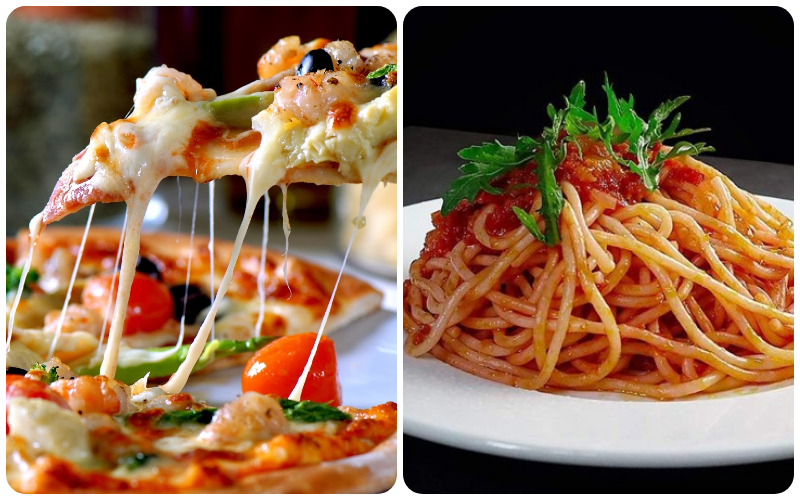 Pizza and Spaghetti, iconic Italian dishes
Pizza and Spaghetti, iconic Italian dishes
Italian cuisine is renowned worldwide, and pizza and spaghetti are at the top of the list. While you may have tried these dishes elsewhere, tasting them in their country of origin will be a truly authentic experience.
Fondue and Rosti, Switzerland
 Fondue and Rosti, Swiss delicacies
Fondue and Rosti, Swiss delicacies
Switzerland’s culinary scene is unique, featuring mouthwatering fondue and the comforting dish of rosti.
Sunday Roast, England
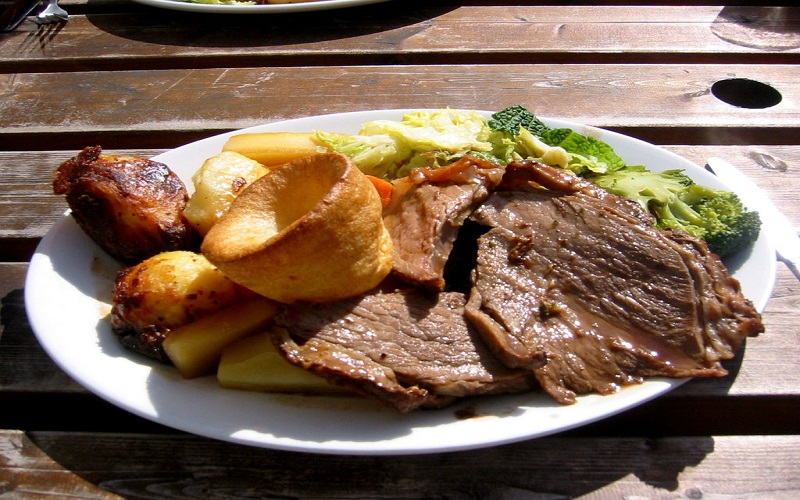 Sunday Roast, a traditional English meal
Sunday Roast, a traditional English meal
The Sunday Roast is a beloved English tradition. It is a simple yet delicious meal, typically consisting of roasted meat, Yorkshire pudding, and vegetables.
Soupe à l’oignon, France
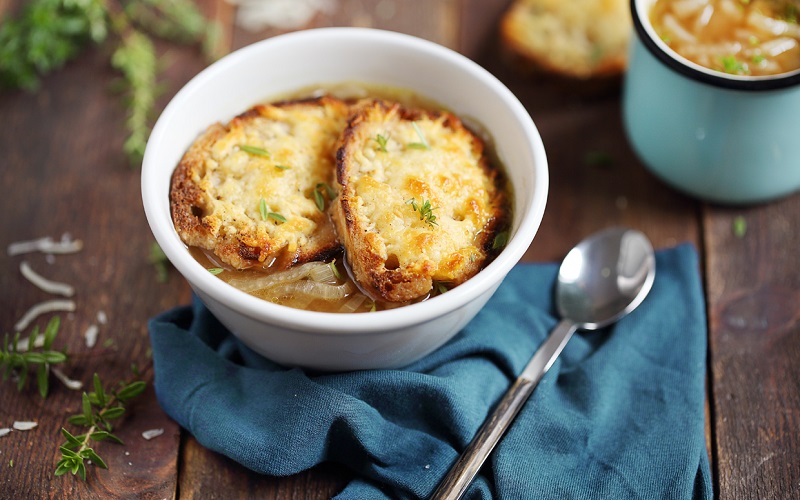 Soupe à l’oignon, a traditional French onion soup
Soupe à l’oignon, a traditional French onion soup
This traditional French onion soup is a heartwarming dish made with caramelized onions, beef broth, and topped with melted cheese and bread. It is a comforting dish that has evolved since its Roman origins and is now a staple in French cuisine.
Sauerbraten, Germany
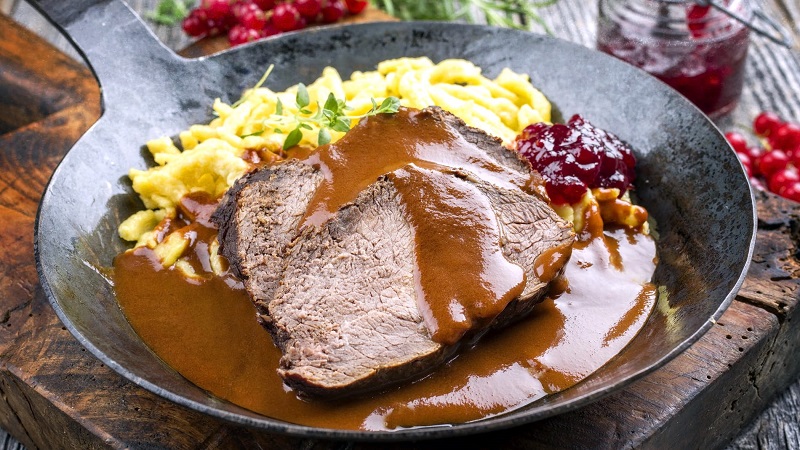 Sauerbraten, a German culinary delight
Sauerbraten, a German culinary delight
Sauerbraten is a German specialty, typically made with beef or venison marinated in a mixture of vinegar, water, spices, and herbs for several days before cooking. It is often served with potato dumplings, making it a hearty and flavorful dish.
7 Shopping in Europe: What to Buy?
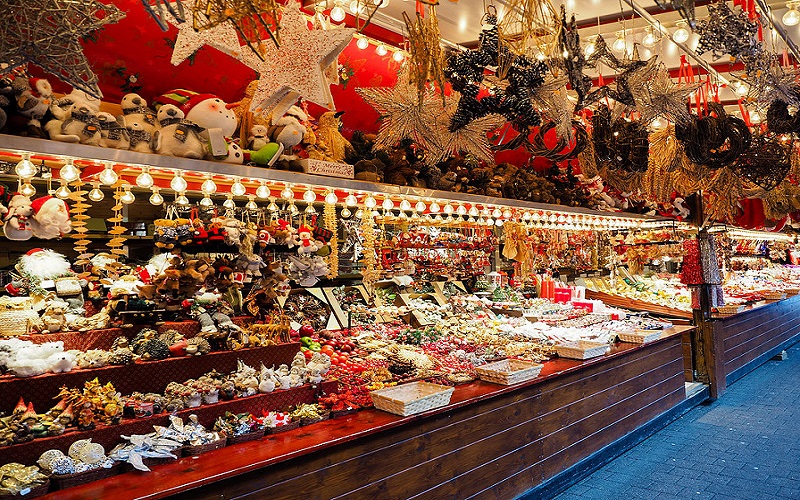 Europe offers a variety of unique souvenirs and gifts
Europe offers a variety of unique souvenirs and gifts
Each country in Europe has its unique offerings when it comes to shopping. For example, visitors to Turkey often purchase the Blue Eye Evil as a souvenir, while France is known for its perfumes.
8 Important Travel Tips for Europe
- Ensure you have all the necessary documents, especially your visa and some US dollars.
- Pack clothing suitable for the climate, including warm layers and scarves for winter.
- Keep your money and valuables secure and on your person, rather than leaving them unattended in your accommodation.
- Purchase an international SIM card at the airport for convenient communication during your trip.
- Always check your luggage when leaving your accommodation and be vigilant when retrieving your luggage to avoid mix-ups.































